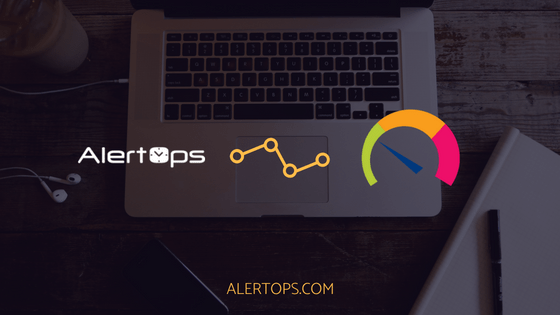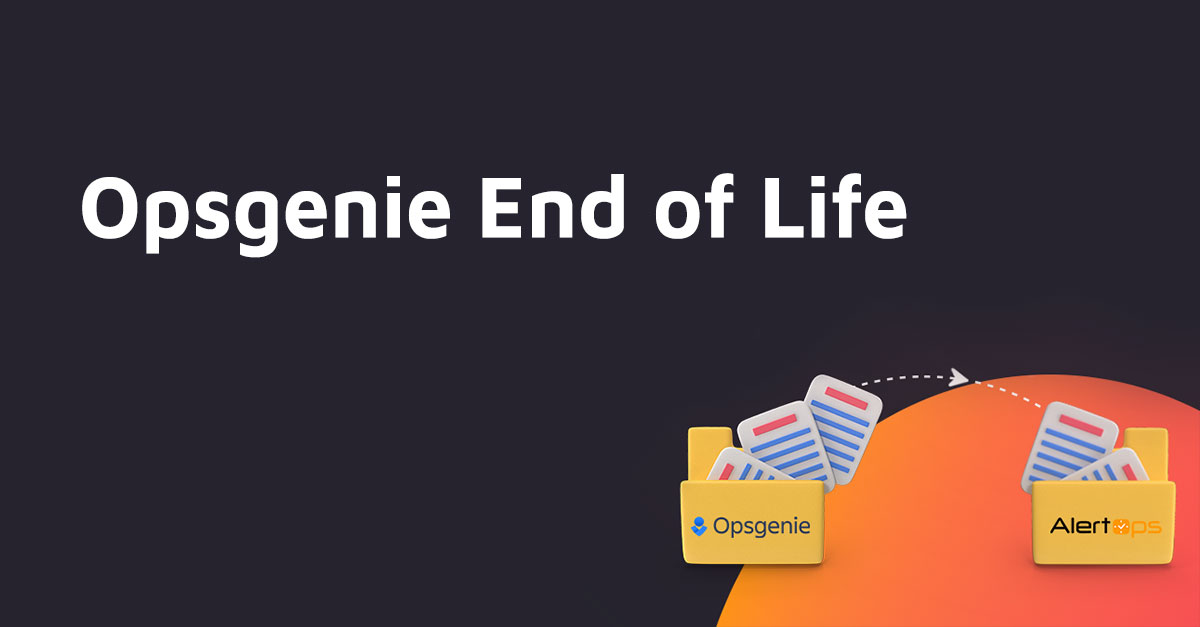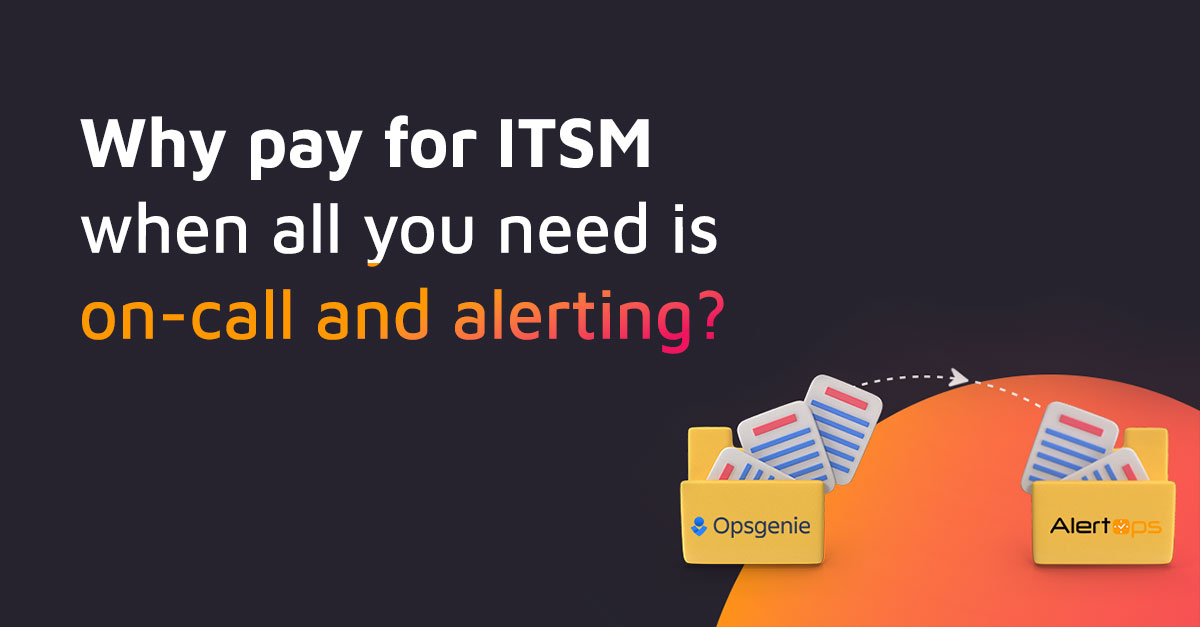PRTG is a central component of network monitoring. It’s used to monitor the state, health, and performance of everything from servers to network devices. PRTG Network Monitor is an all-in-one monitoring solution that collects and displays current status information from your IT infrastructure.
However, PRTG focuses only on monitoring for incidents, so you know when there’s a problem. It’s an outstanding, specialized tool. That’s why AlertOps works so well with PRTG. PRTG knows when something is wrong, and AlertOps uses that information to help you respond to and resolve incidents faster.
Integrating AlertOps with PRTG enables you to receive, respond to, and communicate during critical alerts using email, SMS, push notifications, and phone alerts. So alerts from PRTG always reach the right team members, based on your escalation policies and on-call schedules.
AlertOps and PRTG integration enables you to:
- Automatically create an incident when PRTG sends an alert with an Incident Status of “Down,” for faster incident response and fewer administrative tasks your team has to handle.
- Recognize the new alert as a duplicate, and ignore it if the “Down” status alert matches an existing Open Alert. This way your team stays sharp by minimizing alert fatigue.
- Record the alert in the Inbound Messages table as “Mapped Appended,” so you know when alerts have been escalated according to policy.
- Automatically close the same incident when an alert with an Incident Status status “Up” is received, so your teams can get back to business as usual faster.
Get faster, more efficient incident response and communication by integrating AlertOps into your current technology stack without any external plugins or widgets. Simply use our Generic REST API to get AlertOps running with your current tools, and eliminate redundant tasks and inefficient administration.
Check out our help center to learn more about how AlertOps improves the capabilities of over 50 of the top third party integrations from monitoring systems to service desk and chat tools, and find out about our Outbound Services, Workflows, Message Rules, Custom Fields, and our Generic REST API.



